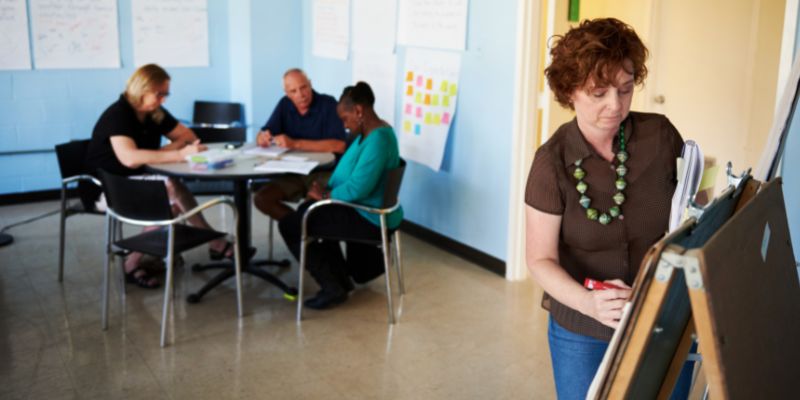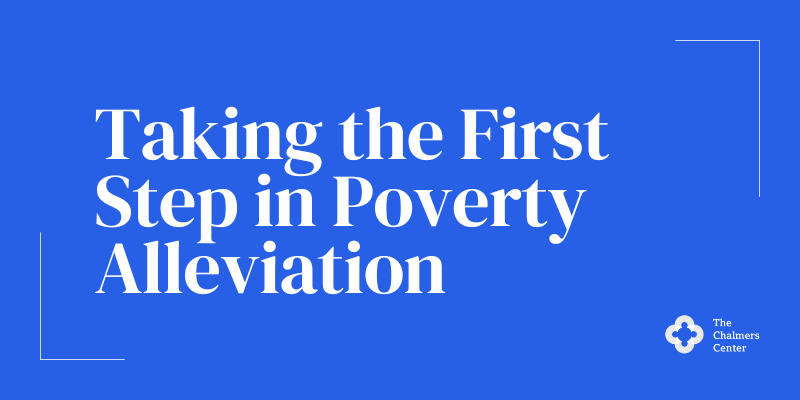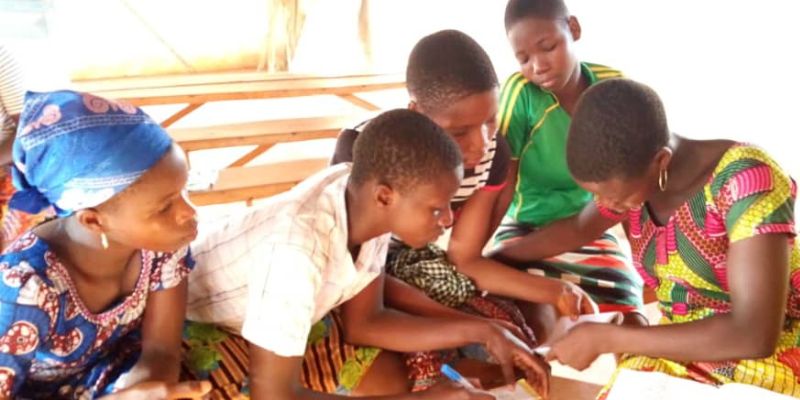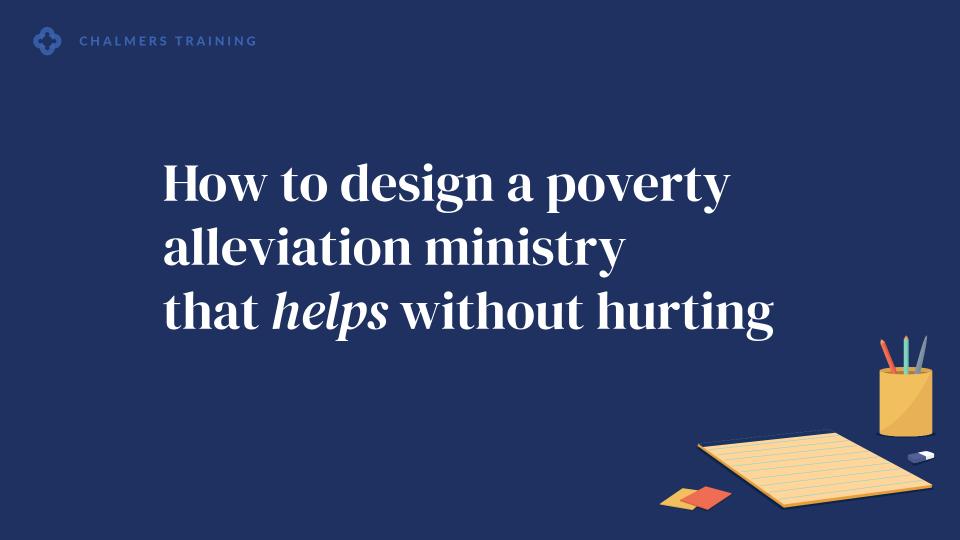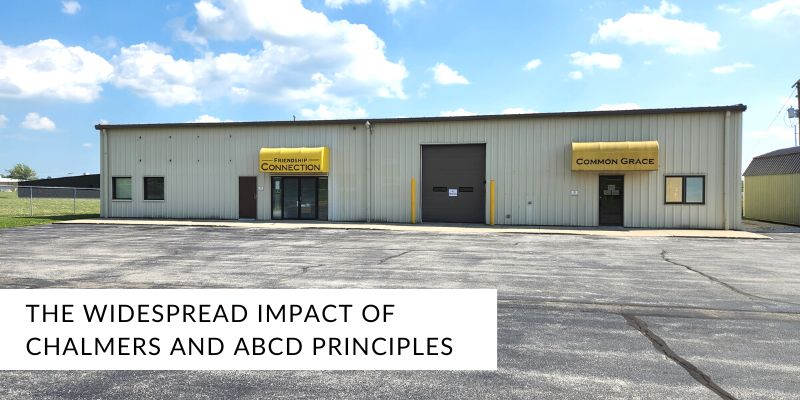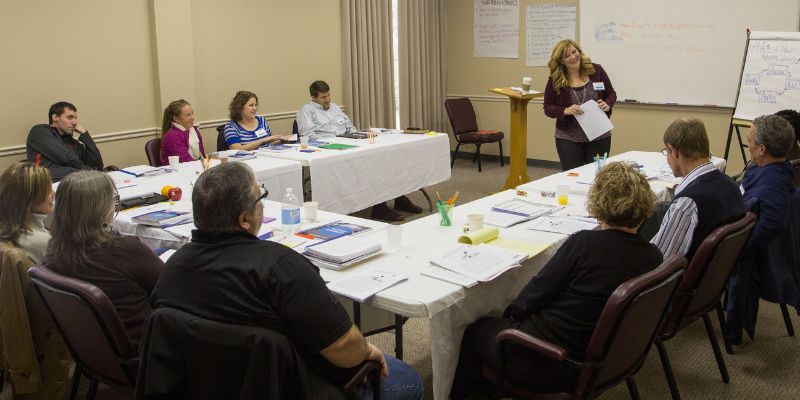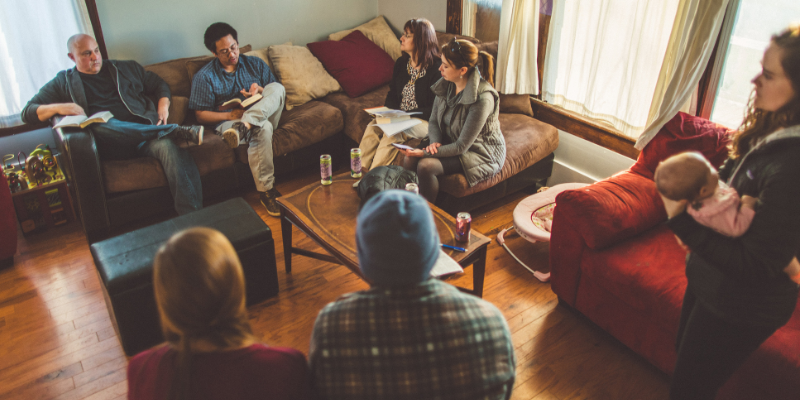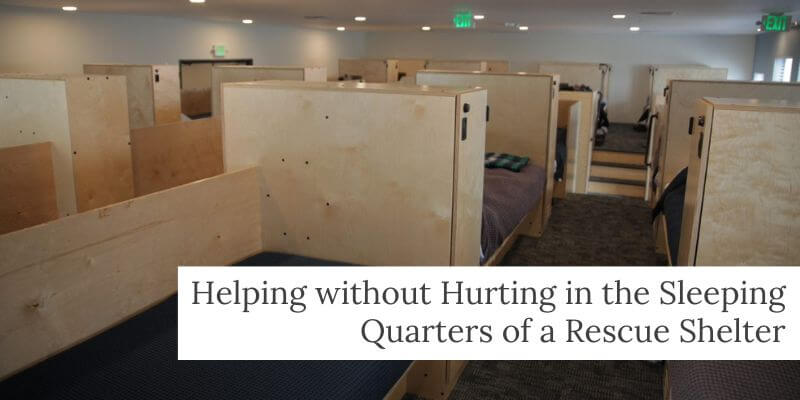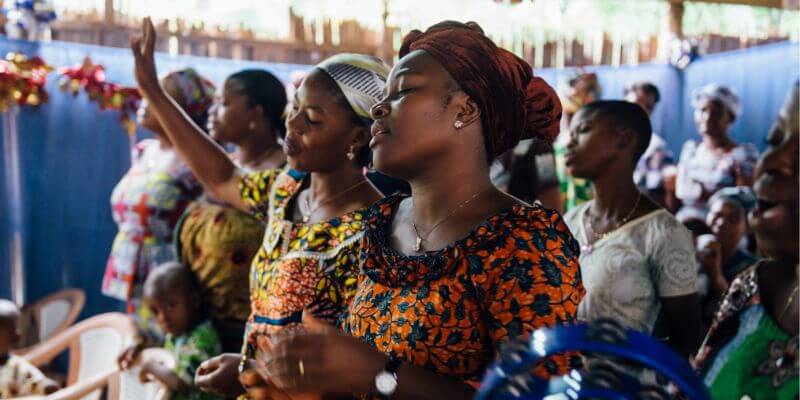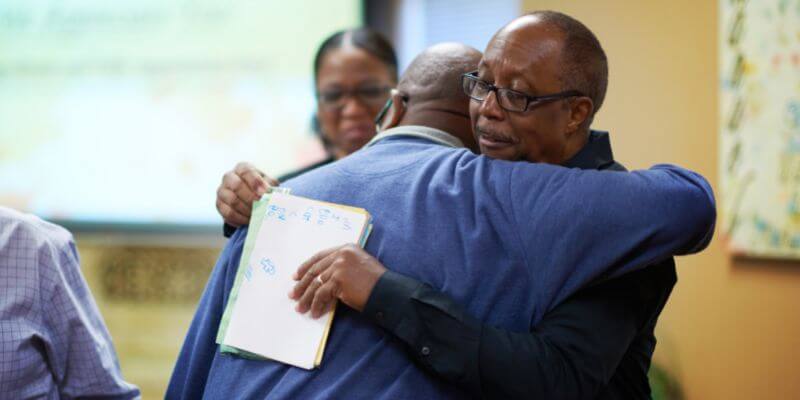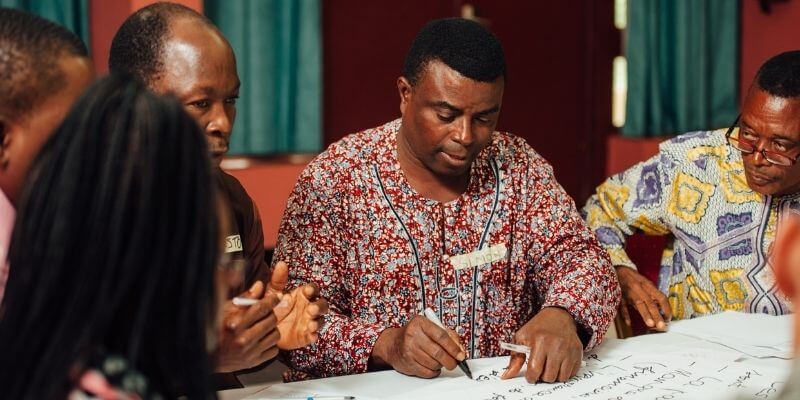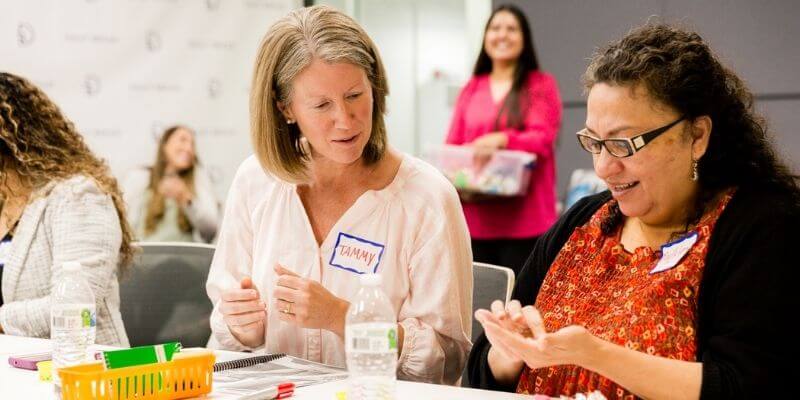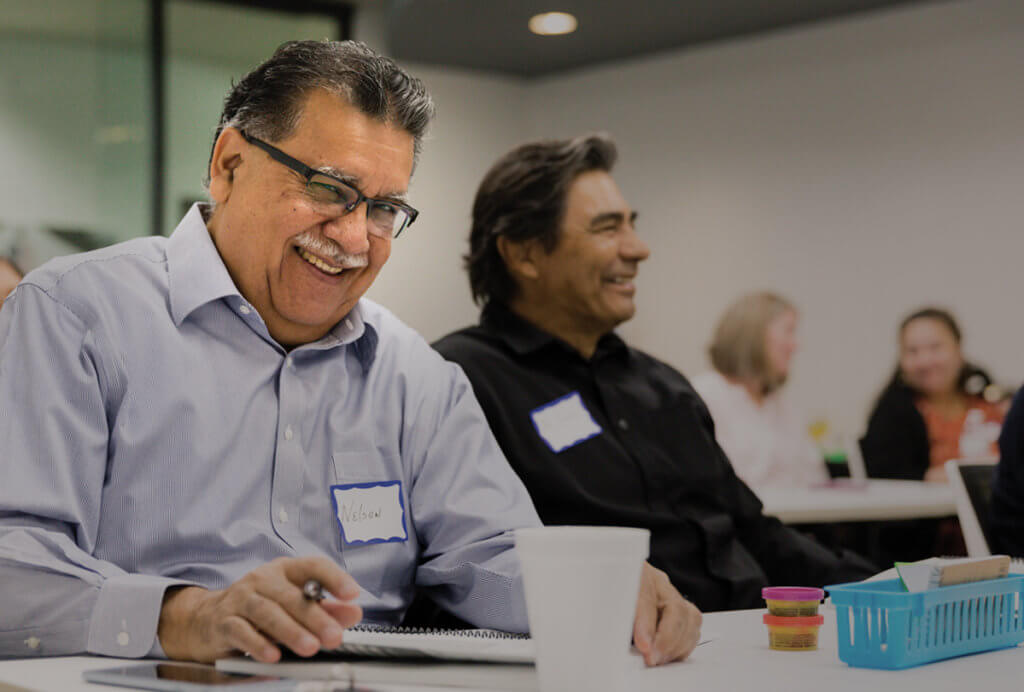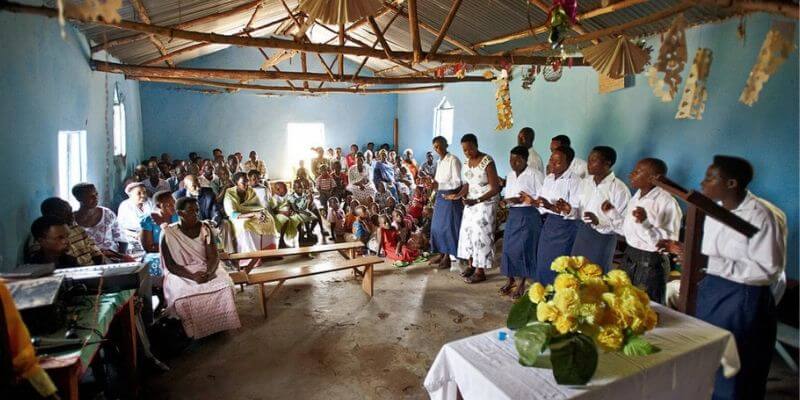Search
Categories
Tags
Posts by The Chalmers Center
Economics in Jesus’ Kingdom
God is bringing a kingdom far more real than any earthly power or authority we experience today. That kingdom calls Christians to embrace a whole life of economic discipleship by which we learn to live as economic citizens of God’s kingdom.
Equipping Faithful Volunteers
If you’re involved in outreach or mercy ministry, you might wonder how to go about finding, equipping, encouraging and retaining volunteers to assist in this long term ministry.
Becoming Whole Devotional
Free 7-Day Becoming Whole Devotional Series Explore what Scripture has to say about the root causes of human brokenness, why our attempts at change often fail, and how God’s story of change leads to flourishing. Get the Devotional Sign up to receive the devotional series. "*" indicates required fields Name* First Last Church or Organization…
What Story Is Your Ministry Telling?
Unfortunately, several common but misguided stories of change are shaping our lives, including our approaches to poverty alleviation. Our poverty alleviation efforts often do harm because we have unknowingly and unconsciously—yet deeply and destructively—absorbed misguided stories of change from our culture.
Taking the First Step in Poverty Alleviation
As followers of Jesus, when we see material poverty in the world around us, our first instinct is often to do something about it. But where should we start? What’s the first step in poverty alleviation?
Designing Innovative Solutions to Problems
Have you ever been working on solving a complex problem and felt stuck? You knew there had to be a way forward but you just couldn’t see it? That’s how designing a poverty alleviation ministry can feel. Take the issue of food insecurity as an example. Most people are familiar with a “soup kitchen” model…
Designing Ministries That Help without Hurting
Since publishing the book, When Helping Hurts in 2009, the Chalmers Center has received countless questions from people who want to know how to create a ministry that helps without hurting.
The Widespread Impact of Chalmers and ABCD Principles
One of Angie’s primary takeaways from When Helping Hurts was the concept of Asset-Based Community Development. For the first time, they started to look for the assets in their community before looking for what was missing.
Facilitation as Reconciliation: Adult Education and Poverty Alleviation
Many poverty alleviation ministries include some type of training for their participants. Of course ministries would want to provide instruction in skills and habits that lead to long-term growth out of material poverty! But we have to be careful—a lecture-based teaching style in which the teacher tries to pour content into students’ brains is not only ineffective but can be harmful in the space of poverty alleviation.
Faithful Presence: Why “Hanging Out” Is Vital to Long-Term Development
Adapted from When Helping Hurts, 75-79. Defining poverty alleviation as the reconciliation of people’s four key relationships with God, self, others, and creation shapes the methods our churches or ministries should use to achieve that goal, with major implications for how we choose, design, implement, and evaluate our efforts. Because every one of us is…
Helping without Hurting in the Sleeping Quarters of a Rescue Shelter
A story of transformation from one of our partner ministries. When Sylvia Anderson took an interim position at Everett Gospel Mission in Northwestern Washington, she didn’t expect to still be there 20 years later. But the Lord showed her something beautiful about the opportunity to integrate her faith and work in a meaningful way. Today…
The Five Causes of Poverty—Part 5: Demonic Forces
Adapted from Becoming Whole, 181-182; A Field Guide to Becoming Whole, 135-39. Throughout this series on the five causes of poverty, the underlying connection between them all is the Fall. Because sin entered the world, our stories and practices are twisted by its effects, and both individuals and groups are broken and can do evil….
The Five Causes of Poverty—Part 4: Broken Systems
Adapted from A Field Guide to Becoming Whole, 119-124. In this series, our most recent post focused on addressing individual brokenness—the factors within a person, including personal choices and beliefs, that can contribute to material poverty. But as we’ve been saying throughout the series, there are both internal and external causes of relational and material…
The Five Causes of Poverty—Part 3: Individual Brokenness
Adapted from A Field Guide to Becoming Whole, 125-134. We’ve been exploring the five causes of poverty in this series of posts, and it’s important to remember that any one of us can be impacted by all five causes—false stories, destructive practices, individual brokenness, systemic brokenness, and demonic forces. These factors are so intertwined it’s…
The Five Causes of Poverty—Part 2: Practices
Last week we talked about how God’s story of change focuses on restoring us to our role as priests and rulers. Living faithfully as the royal priesthood and holy nation means that we call on King Jesus to overcome all the effects of the Fall, including all five causes of poverty. Today we’ll look at…
The Five Causes of Poverty—Part 1: Stories
Adapted from A Field Guide to Becoming Whole, 17-19, 50-52. Poverty alleviation is fundamentally about transformation—about walking alongside people and communities who are materially poor as they move to a better situation than their present one. Doing this effectively requires us to know where we are trying to go and how we can get there….
Partnership Highlight: STCH Ministries
Watch now for an inside look at how God is restoring marginalized communities in San Antonio, TX and beyond. “Our partnership with The Chalmers Center is a match made in heaven. We have much in common—certainly expanding God’s Kingdom.” –Jimmy Rodriguez, STCH Ministries With Chalmers’ Faith & Finances curriculum, STCH Ministries is putting…
Short-Term Missions that Avoid Long-Term Harm—Part 2
Adapted from Helping Without Hurting in Short-Term Missions: Leaders’ Guide, 7-11. Last week, we shared some cautions about the real harm that poorly-thought-through short-term mission efforts can cause. This is a real issue with real-world consequences. We can’t emphasize enough that churches and ministries from wealthy countries need to work hard to ensure that they…


